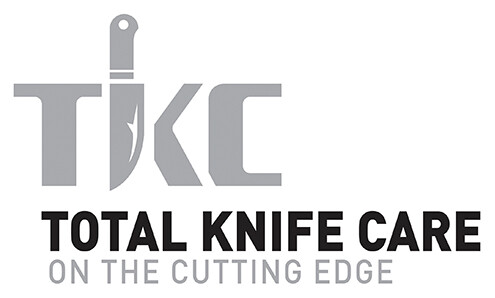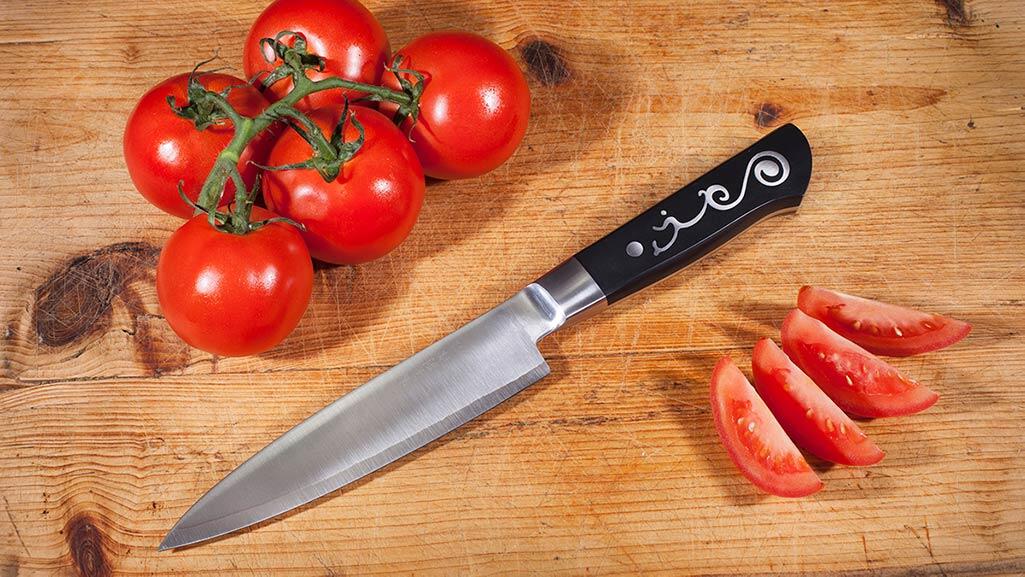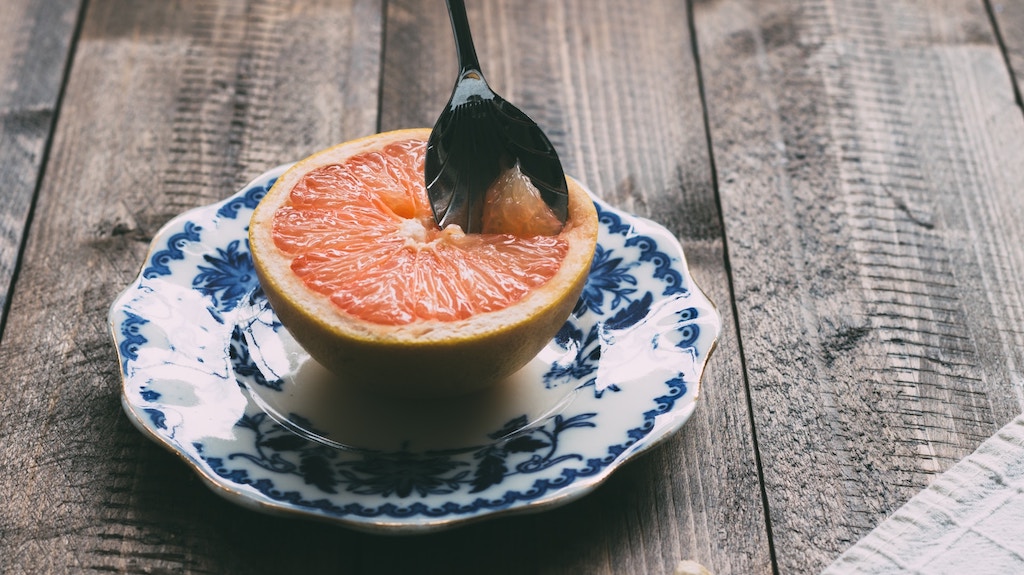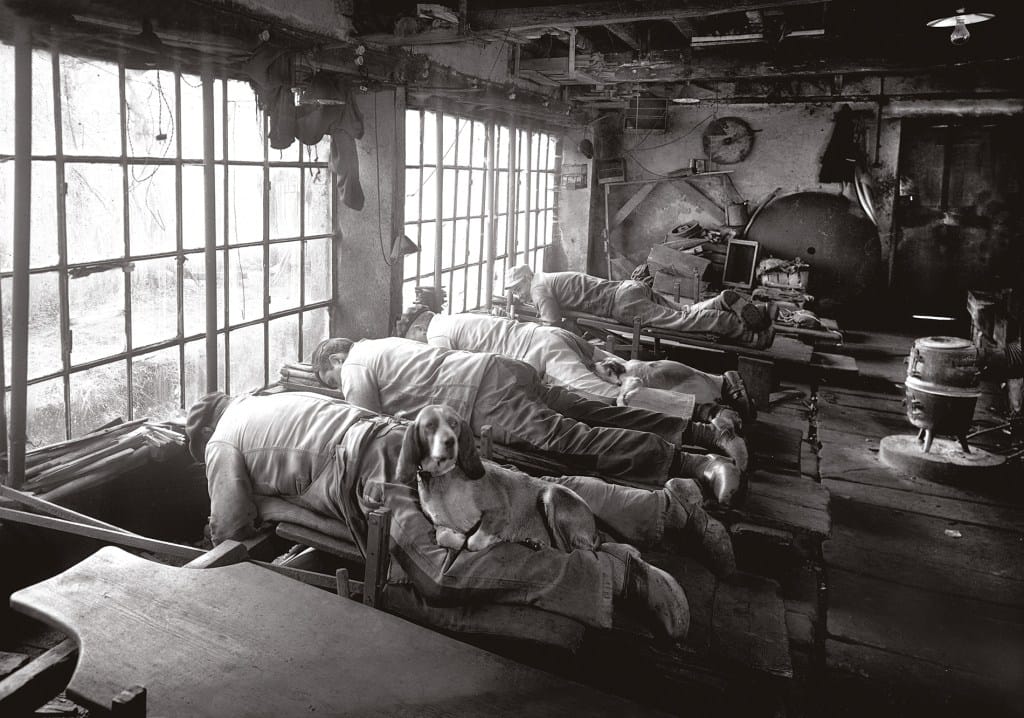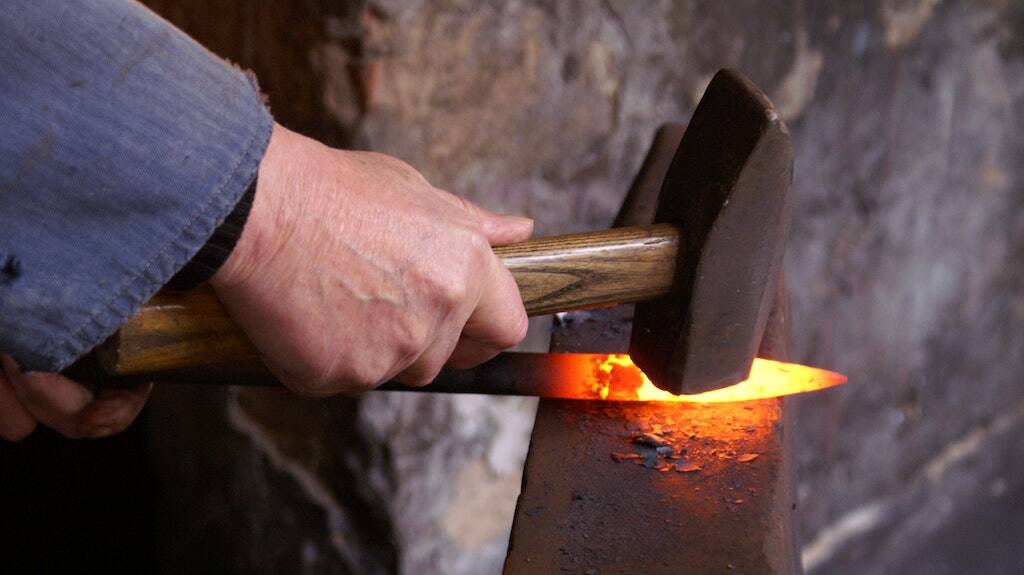What are the best kitchen knives?
OK, so first off we’ll be upfront and say that – of course – we are biased. I.O. Shen kitchen knives ARE the best kitchen knives (in our opinion) and in theory at least this article should stop right here.
But we’ll carry on, as we thought we’d see what other advice was out there on the net and share it with you, and point you in the right direction if you are looking for your perfect kitchen knife. In short, there’s probably not one brand that’s the best brand, it’s more a question of what is the right knife for you and what you will be using it for. So…
The first thing worth noting is that you probably need fewer good kitchen knives than you think. In one of our articles from back in 2015 (The four essential knife types for your professional or home kitchen) we suggested just four – a chef’s knife, a serrated knife, a boning knife and a paring knife. But if you had to choose just one, the chef’s knife is it.
Here are a few considerations when deciding which knife is for you…
Sharpness
You might think ‘the sharper the knife the better’, but this should really only be one consideration, not the be-all-and-end-all. A bit like the ‘fastest car’ discussion – the car that gets you to the end of a drag strip quicker than all the others, won’t necessarily win the race around windy country roads – it’s the car with the best combination of speed and handling that’ll win that race. And, over a lifetime of say 25 years, even if well taken care of, every knife will lose its sharpness (which is why everyone needs a good sharpener). Having said this, if the manufacturer can’t be bothered to give you a super sharp knife right out of the box, this is not a good sign!
Steel
The two countries most associated with the manufacture of kitchen knives are Germany and Japan, and the best steel for kitchen knives comes from these two countries as well. In terms of the type of steel used, there are some tradeoffs here. ‘High carbon stainless steel’ contains chromium which protects the blade from corrosion and rust. Simple ‘carbon steel’ will rust more easily but can hold a sharper edge for longer. When it comes to the differences between German style and Japanese style knives, German knives are not as sharp as Japanese knives but are more hard wearing and can take a little more punishment in a busy kitchen. Japanese knives are much sharper, but are more prone to cracking or chipping if mishandled.
Feel
Feel really means ‘does it feel good to hold and to use’. This is a little vague, but if you think that you’ll probably be using the knife for a long time, it had better feel right. The handle shouldn’t slip through the hand when held and the knife should feel ‘balanced’ in the hand, and an important factor here is the ‘tang’. A ‘full tang’ knife is basically one piece of steel from the tip to the end of the handle, where the handle pieces are fitted on to one end. These knives tend to feel more balanced in the hand than the less expensive types where the blade pretty much ends at the handle, with just one or two small ‘lugs’ going into the handle section.
Forged or stamped
Forged knives are made individually from one piece of steel (much like how swords are made), whereas stamped knives are stamped out of a larger sheet of metal. Forged knives generally have better overall balance, with heavier blades, but if you’re looking for a lighter knife, sometimes stamped knives are the way to go.
Price
Price is certainly a guide but that’s all it is! Much like the price of a bottle of wine, it is only roughly correlated to its quality. Chef’s knives for example can vary in price from $40-$400, but the best one for you may be somewhere in the middle. If you’re looking for the best chef’s knife for you, there’s no better way than to shortlist a few and then go and see how they feel in your hand at a retail outlet. Then buy the one that feels right. Unless of course you want to name drop, in which case make sure you buy the most expensive one. And don’t drop it!
Final words
Ultimately, once you’ve bought the one, it’s only going to keep its sheen (and sharp edge) if you look after it. Here are our 4 points (pardon the pun) to looking after your new knife ‘Total Knife Care – 4 points‘.
